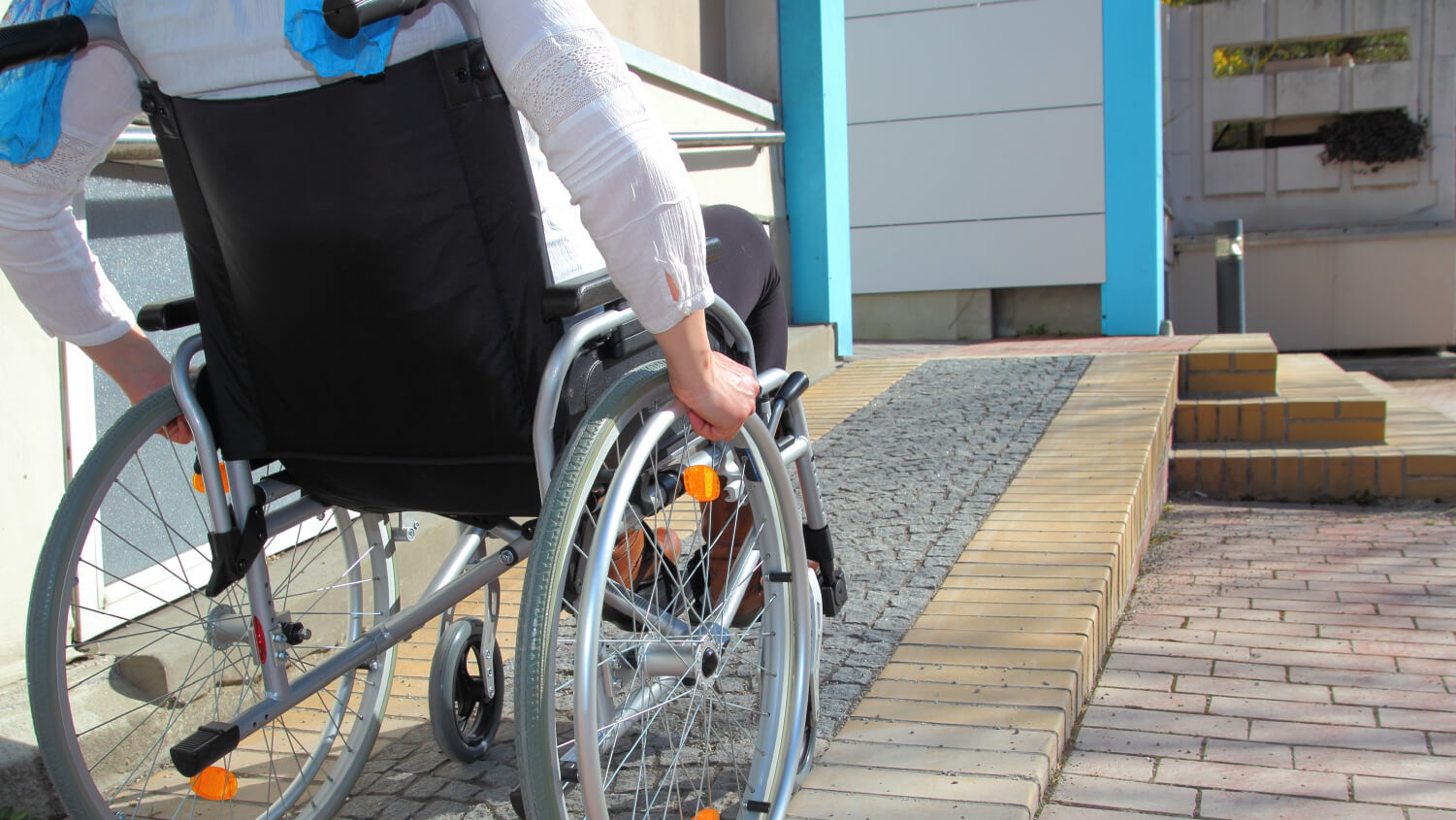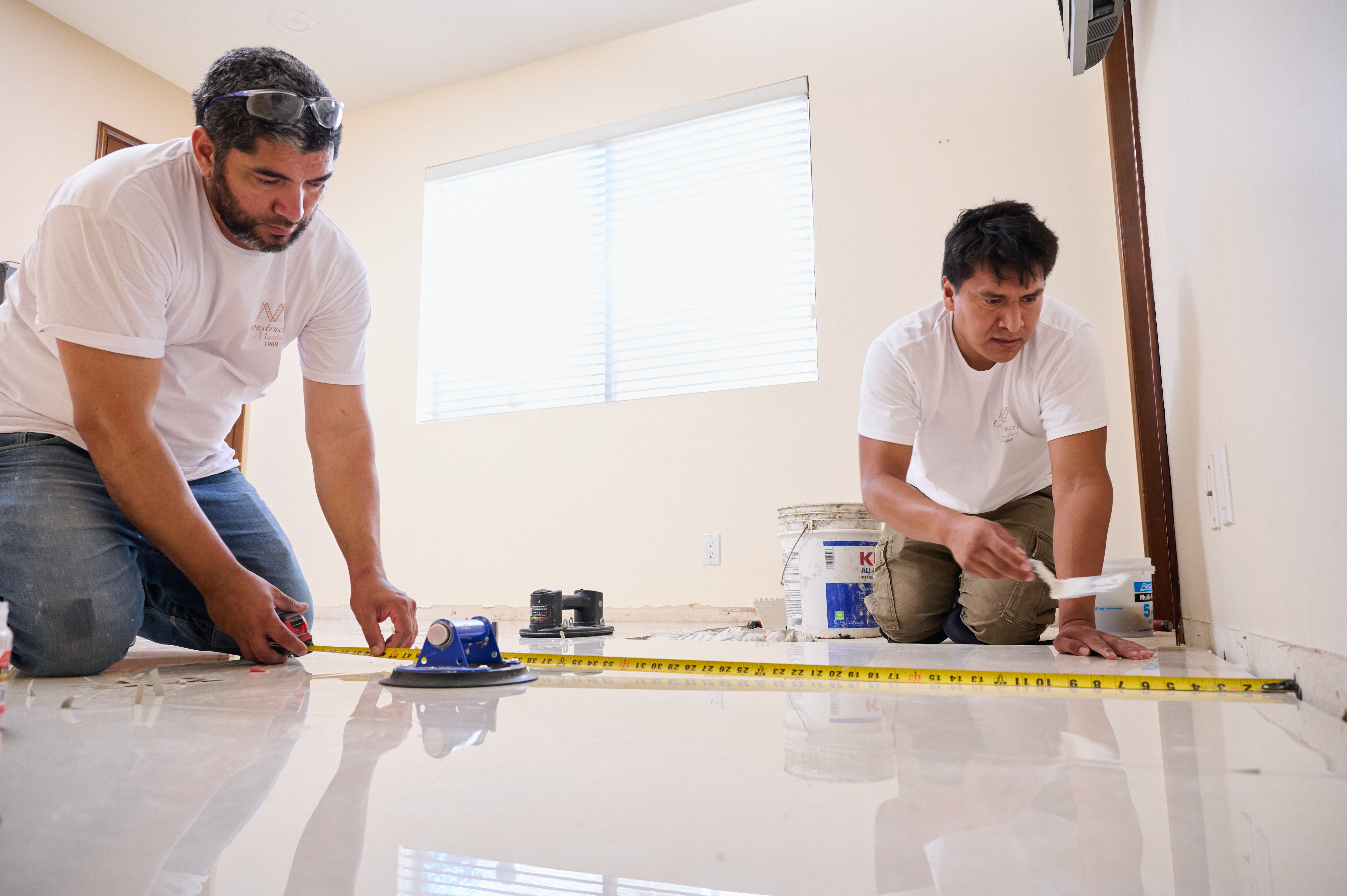
Learn how much it costs to board up a window to buy yourself some time and maintain home security while you wait for the permanent repair.
Learn how to drill into concrete with this simple step-by-step guide


Don't let a little concrete cause you to hit the wall on a home project. Learning how to drill into concrete can help you complete a host of new DIY tasks. If you have concrete walls, for instance, installing new fixtures will take a bit more effort, but can pay off in some beautiful new home decor. Drilling into concrete can seem like a challenge, but the right tools and a little prep will make the job totally doable.
Drilling into concrete isn't a walk in the park, but you can do it. A special hammer drill will make the job much easier, but you can still get the job done with a regular old drill, a masonry bit, plus some extra elbow grease and a little patience.
When working with concrete, there are a few safety tips to keep in mind to ensure a hazard-free project from start to finish:
Wear safety goggles and a dust mask.
Only use carbide-tipped masonry drill bits.
Make sure there aren't any utility lines around the drilling location.
Secure the area you're drilling into so it won't slip during the project.
Maintain a firm grip on the drill at all times to further prevent slipping.
Remove dust and debris throughout the drilling process.
Take periodic drilling breaks and use cold water to prevent the bit from overheating.
For the easiest go of it, you’ll want to rent or buy a masonry drill capable of safely drilling into a concrete slab, drilling into a concrete floor, or drilling into a cinder block. Hammer drills are ideal drills for concrete because they provide stability and efficiency for this type of project.
You’ll also want to be sure you know what you’re doing before drilling into concrete. Only tackle this DIY if you’re confident you can do so safely and if you have experience using a drill.

Start by measuring out the exact spot where you'll be drilling in your concrete. Do your homework ahead of time to ensure there's nothing of infrastructural importance behind the concrete that will be disturbed by drilling, including things like electrical work, ductwork, and pipes.
Not sure what's on the other side? Have a masonry expert come out to confirm that you're all clear. Mark the drilling spot with a paint crayon or lumber marker to ensure it doesn't smudge away.

After marking and measuring the hole, make sure to put on your safety goggles to protect your eyes from concrete dust and debris. It's also a good idea to wear a dust mask to prevent concrete particles and dust from entering your lungs. Then, grab your drill and proceed to the next step.

For this step, you want to set the depth stop on your drill to be 1/4-inch longer than the depth of your soon-to-be hole. If you're using an older drill that doesn't have a built-in depth guide, use the hack of wrapping a small sliver of masking tape around your bit at the intended depth mark. You're now ready to fit your masonry bit to the hammer drill.

Most concrete screws you buy at the store will provide the necessary drill bit in the packaging. You will need to purchase the corresponding bit if it's not included with your purchase. It's actually a good idea to purchase some extra ones simply because they can wear out quickly when you drill holes in concrete.
Get in a stable position to begin drilling. The drill should always remain in the perpendicular position while you drill. While gripping the drill with one hand, place the drill tip on the drill mark you made with your marker.
Begin with your drill at the lowest possible speed. You can drill forward using very steady, light pressure without any force. You want to drill no deeper than 1/8 inch to 1/4 inch down at this point. Stop the drill once you get there. Finally, clear out any dust you've created that is obscuring the new hole.

If you're satisfied with the guide you’ve created, put the drill in the pilot hole. While you'll want to begin pushing forward with consistent light pressure once you start the drill, you can increase the speed from slow to medium at this point. Pulling the drill out periodically can help clear concrete debris from the hole.

If you're hanging heavy objects from the concrete holes you drilled, then it's a good idea to add some anchors. Concrete anchors provide enhanced stability. After drilling the hole, simply use a mallet or light taps from a hammer to gently drive them all the way in until they're flush with the wall.

After drilling the hole, continue to wear your safety goggles and grab a can of compressed air. The best air compressors for this step will have a blow gun attachment that makes it easy to direct the air. Point the air compressor at the hole you drilled and blow directly into it, removing any remaining dust and debris. You can continue to repeat this step until you remove all the dust.
Stop the drill if you feel an obstruction. Do not try to "power through" the obstruction because applying too much pressure can break your drill. You'll want to insert a masonry nail to allow for the nail tip to touch the blockage.
Next, tap the nail with a hammer until the obstruction is broken up. Do this gently enough to avoid driving the nail in fully. Finally, you can retrieve the nail to return to drilling.
Concrete has advantages and uses. So many surfaces in your home can be made of concrete, including walls, slabs, and cinder blocks. You’ll need to tackle each differently.
The risk you run drilling into reinforced poured concrete walls is hitting the rebar, or steel reinforcing rod. Cutting through rebar is not advisable, even if you have the right tools. Rebar spacing is about 12 inches, so if you've just started drilling and find you're hitting the rebar, it's best to move over a couple of inches to avoid it altogether. Poured and reinforced concrete is tough, so a hammer drill will make the job go much faster.
If you have cinder block walls, you're in luck. Cinder blocks are much easier to drill through than poured concrete. A regular drill with a concrete or masonry bit should do the trick. Just take your time and be sure not to overheat your bit.
If you need to drill cores from a concrete floor to install posts or anything wider than 2 inches, it's best to hire a masonry contractor or a handyperson. For less than 2 inches, you can use a regular drill with a core bit. Do not use a hammer drill since these are not designed for hammering.
The average hourly cost for a masonry expert around the country is $40 to $110. While this is a relatively inexpensive project to tackle on your own, it's important to consider your comfort level when it comes to driving a high-powered drill into a hard surface.
Concrete provides a lot of pushback, so you need to be strong enough to apply pressure to get a “bite” with your drill. If not, you could end up scarring or cracking the concrete, which definitely won’t look nice.
Scott Dylan Westerlund contributed to this piece.
From average costs to expert advice, get all the answers you need to get your job done.

Learn how much it costs to board up a window to buy yourself some time and maintain home security while you wait for the permanent repair.

Discover wheelchair ramp cost estimates, including installation, materials, and tips to save. Learn what impacts your price and how to budget for your project.

Looking to add a personal touch or some patriotic flair to your property? Learn about flagpole installation costs and how to budget appropriately.

Selecting the best anchors for brick is essential for hanging decor successfully. Learn about the types of anchors to determine what you need for your project.

Learning how to read a tape measure properly is one of the first—and most important—steps on the road to being a great DIYer. Let's break it down.

Every good handyperson knows that bringing the right tools to the job helps them work smarter and faster. From installing fixtures to assembling furniture to doing repairs and remodeling, we’ve rounded up the ultimate handyperson tool list.